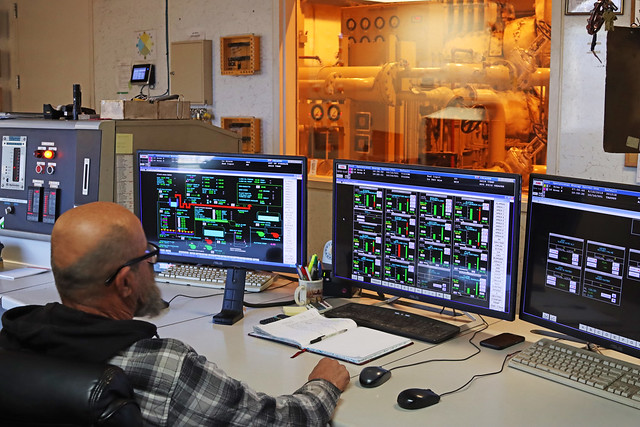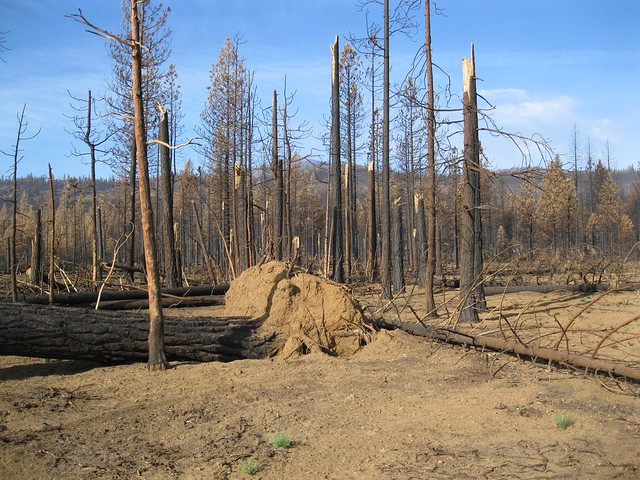
Perched at the edge of the Great Basin, the city of Susanville, California, has experienced high winds, heavy snowfalls, and wildfires that disrupt power supplied on the regular grid. Fortunately, the city’s 20,000 residents, as well as those in surrounding rural communities, aren’t left in the dark for long.
Just 20 minutes away in Wendell, California, the Honey Lake Power plant is busy converting wood waste into energy to bring the lights back on. Honey Lake normally provides its electric output to San Diego Gas & Electric under a long-term power purchase agreement. In the event that Lassen County is disconnected from the larger California electric grid, Honey Lake supports local grid reliability by providing power to the Lassen Municipal Utility District, the local power district, for the town of Susanville and adjacent communities.

This 30-megawatt bioenergy electrical generation facility is one of seven bioenergy plants in California with special contracts authorized by the state legislation to obtain 80% of their feedstock from forest biomass from high hazard zones, such as those with trees killed by fires, wind events, insects and disease.
Biomass typically includes urban tree trimmings, sawmill by-products, and forest-derived fuels like the tops of saw logs, wood chips and slash.
When it comes to biomass, the Lassen National Forest has plenty to offer. Honey Lake Power burns between 150,000 and 200,000 tons of woody biomass per year, including about 140,000 bone dry tons acquired from forest thinning and fuels reduction on 10,000 acres of public and private lands. Of this, it’s estimated that the Lassen supplies up to 20% – wood waste that would otherwise be burned on site, either in planned pile burns or as fuel for the next wildfire. Much of this fuel is classified as ladder fuels that allow flames to reach the tops of larger trees.
The Lassen National Forest has provided more USDA Forest Service feedstock to Honey Lake Power in the last two years than any other forest in California.
“Bioenergy offers other significant environmental and consumer benefits, including improving forest health, protecting air quality and providing the most dependable renewable energy source,” said Deb Bumpus, forest supervisor for the Lassen National Forest.
Wood energy facilities like Honey Lake Power convert unwanted forest fuels into energy in an environmentally friendly way. When bioenergy is burned under controlled conditions, filters remove 95% of the polluting emissions that would otherwise be released into the atmosphere. Honey Lake Power also uses geothermal groundwater from local wells to preheat its boiler feed water, which further reduces the plant’s consumption of biomass.
The Forest Service investment is critical to enabling Honey Lake Power to meet its forest biomass contractual goals.
“The Lassen National Forest has been extremely supportive in providing fuel to Honey Lake Power Company,” said Plant Manager Benjamin Gates. “It is our goal to provide reliable back-up electricity to Susanville during emergencies.”



